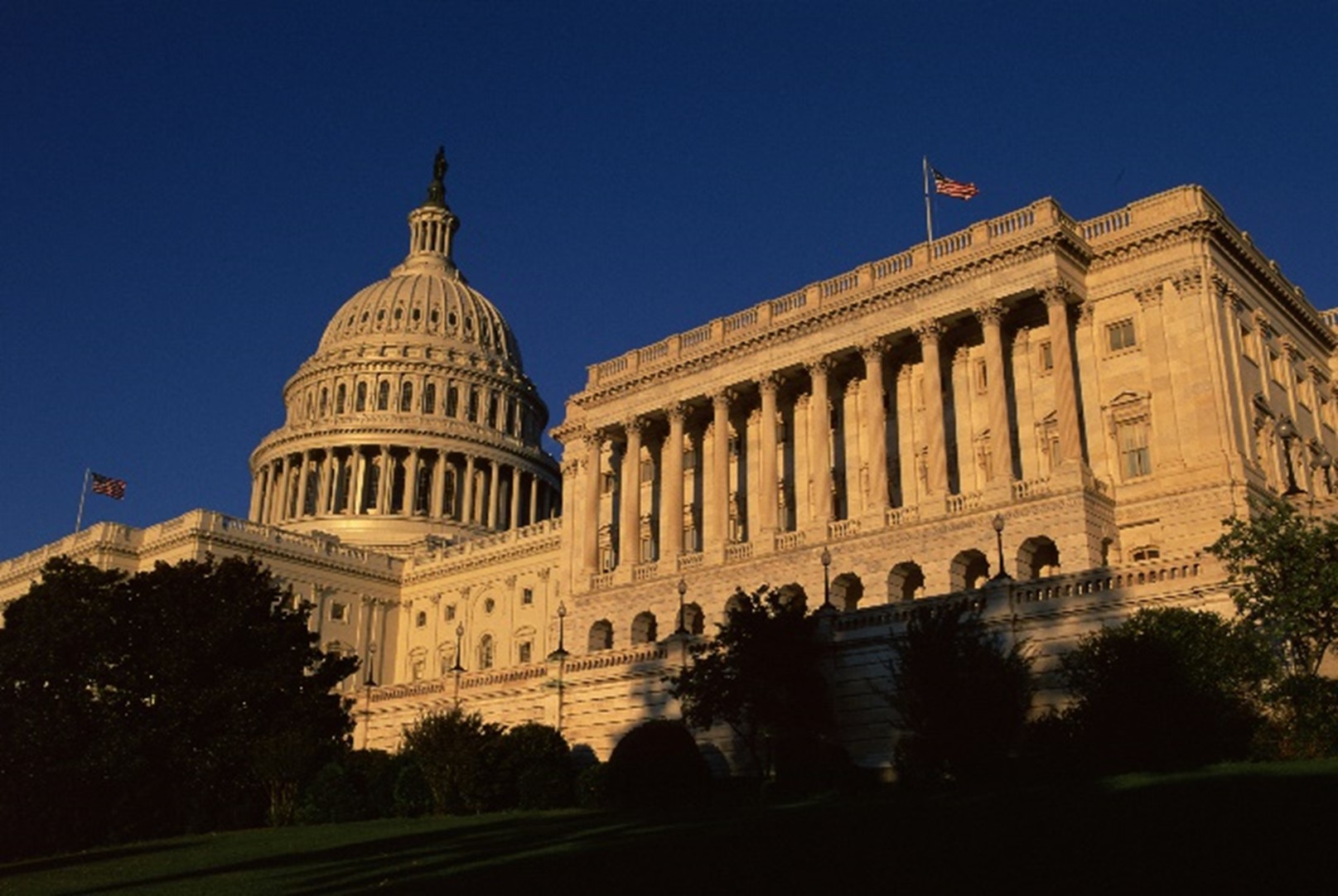As we progress through 2024, the landscape of online higher education continues to experience significant changes, influenced by regulatory developments, shifting student demographics, and the ongoing financial pressures on institutions. These changes present both challenges and opportunities for faculty and administrators who are at the forefront of shaping the future of education.
This article aims to provide a comprehensive overview of the current trends and challenges in online higher education, helping us stay ahead of the curve as together, we navigate this complex and dynamic environment.
Federal Oversight and State Authority: A New Era for Online Programs?

Figure 1- Federal Building, Unsplash.com
One of the most critical developments this year is the proposed changes by the U.S. Department of Education that could dramatically alter how states oversee online education programs. The proposal aims to give states more authority over online colleges, potentially ending the long-standing state authorization reciprocity agreements (SARA). This shift could lead to a fragmented regulatory landscape where institutions may need to comply with varied state laws, increasing the administrative burden.
While supporters of this change argue that it could enhance consumer protections by allowing states to enforce their own education-specific laws, critics warn that it could reduce the uniform protections currently in place and dissuade institutions from participating in SARA. The implications of this proposal are far-reaching, potentially affecting student enrollment, institutional costs, and the overall quality of online programs (Knott, 2024).
Program Cuts and Institutional Closures: The Harsh Reality
The financial pressures on higher education institutions have led to a wave of program cuts and, in some cases, institutional closures. Smaller programs, particularly in the humanities, have been the most affected, with several colleges across the country announcing significant reductions in their academic offerings.
For faculty and administrators, these cuts present a humanitarian challenge, as they affect not only the livelihoods of educators but also the educational opportunities available to students. The ongoing financial difficulties underscore the need for innovative approaches to sustain academic programs and support the evolving needs of the student population (Hollingsworth, 2024).
External Forces: Inflation and Population Decline Impacting Recruitment and Enrollment

Figure 2- Wes Hicks on Unsplash.com
Beyond internal challenges, external forces like inflation and demographic shifts are exacerbating the difficulties faced by higher education institutions (Schneider, 2023). The rising cost of living, driven by inflation, has put additional pressure on both students and institutions. Students are increasingly struggling to afford higher education, leading to a drop in enrollments, particularly among those from low- and middle-income backgrounds. At the same time, the anticipated "enrollment cliff" caused by a declining birth rate over the past two decades is beginning to materialize, further reducing the pool of prospective students (Beebe, 2022). These factors combine to create a challenging environment for universities, which are finding it increasingly difficult to attract and retain students.
Online Education's Growth: A Bright Spot Amid Enrollment Declines

Figure 3- Getty Images on Unsplash.com
Despite the overall decline in college enrollment across the nation, online education continues to grow, particularly among adult learners. According to the CHLOE 8 report, many institutions are expanding their online-only programs to meet the rising demand. This growth is seen as a critical strategy for institutions facing financial challenges due to the impending "enrollment cliff," where a significant drop in the number of traditional college-aged students is expected.
However, the report also highlights the challenges that institutions face in scaling up their online offerings. Faculty readiness, resource allocation, and the need for institution-wide adoption of online teaching technologies are key areas that require attention. For many colleges, success in building robust online programs could mean the difference between financial viability and crisis in the coming decade (Coffey, 2023).
Moving Forward: Strategic Adaptation and Resilience
As the higher education landscape continues to evolve, faculty and administrators must remain agile and forward-thinking. Whether it's adapting to new regulatory frameworks, expanding online education, or navigating the aftermath of significant court rulings, the path ahead requires careful consideration and strategic planning.
In times of crisis, resilience becomes not just a necessity but a defining characteristic of an institution's success. Sam Houston State University (SHSU) has exemplified this resilience time and time again, demonstrating an unwavering commitment to its mission even in the face of significant challenges. From the devastation of Hurricane Harvey to the unprecedented disruption caused by the COVID-19 pandemic, SHSU has shown that with determination, innovation, and a strong community spirit, it is possible to overcome adversity and emerge stronger.
As we face new challenges in the evolving landscape of online higher education, the example set by SHSU serves as an inspiration. By drawing on the lessons learned from past crises and continuing to innovate, we can navigate the current uncertainties with confidence. Together, we can ensure that our institutions not only survive but thrive, providing students with the education and support they need to succeed in an ever-changing world.
References
2023 CHLOE 8 Report | Quality Matters. (2023, August 15). https://www.qualitymatters.org/qa-resources/resource-center/articles-resources/CHLOE-8-report-2023
Beebe, S. (2022, February 28). THE ENROLLMENT CLIFF: A “Netflix Moment” for Higher Ed. Synario. https://www.synario.com/resources/blog/enrollment-cliff/
Coffey, L. (2023, August 15). Report suggests online learning has yet to peak. Inside Higher Ed | Higher Education News, Events and Jobs. https://www.insidehighered.com/news/tech-innovation/teaching-learning/2023/08/15/report-suggests-online-learning-has-yet-peak
Hollingsworth, H. (2024, August 11). Higher education: US colleges are cutting majors and slashing programs | AP News. AP News. https://apnews.com/article/college-degree-programs-cuts-music-f0c271f6d61a13404f93688fcc6c589b
Knott, K. (2024, March 4). U.S. wants to give states more authority over online colleges. Inside Higher Ed | Higher Education News, Events and Jobs. https://www.insidehighered.com/news/government/student-aid-policy/2024/03/04/us-wants-give-states-more-authority-over-online